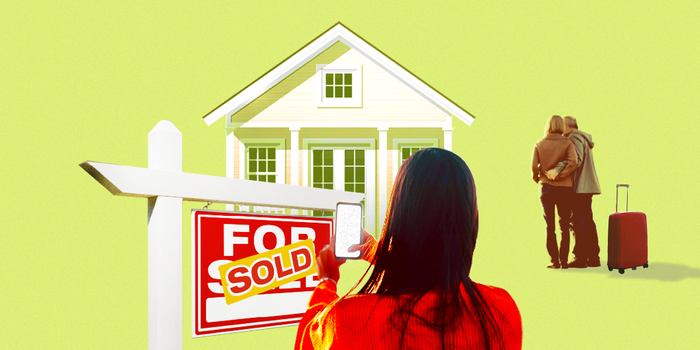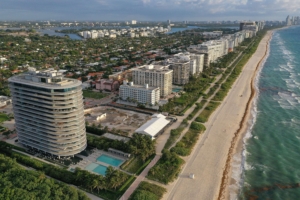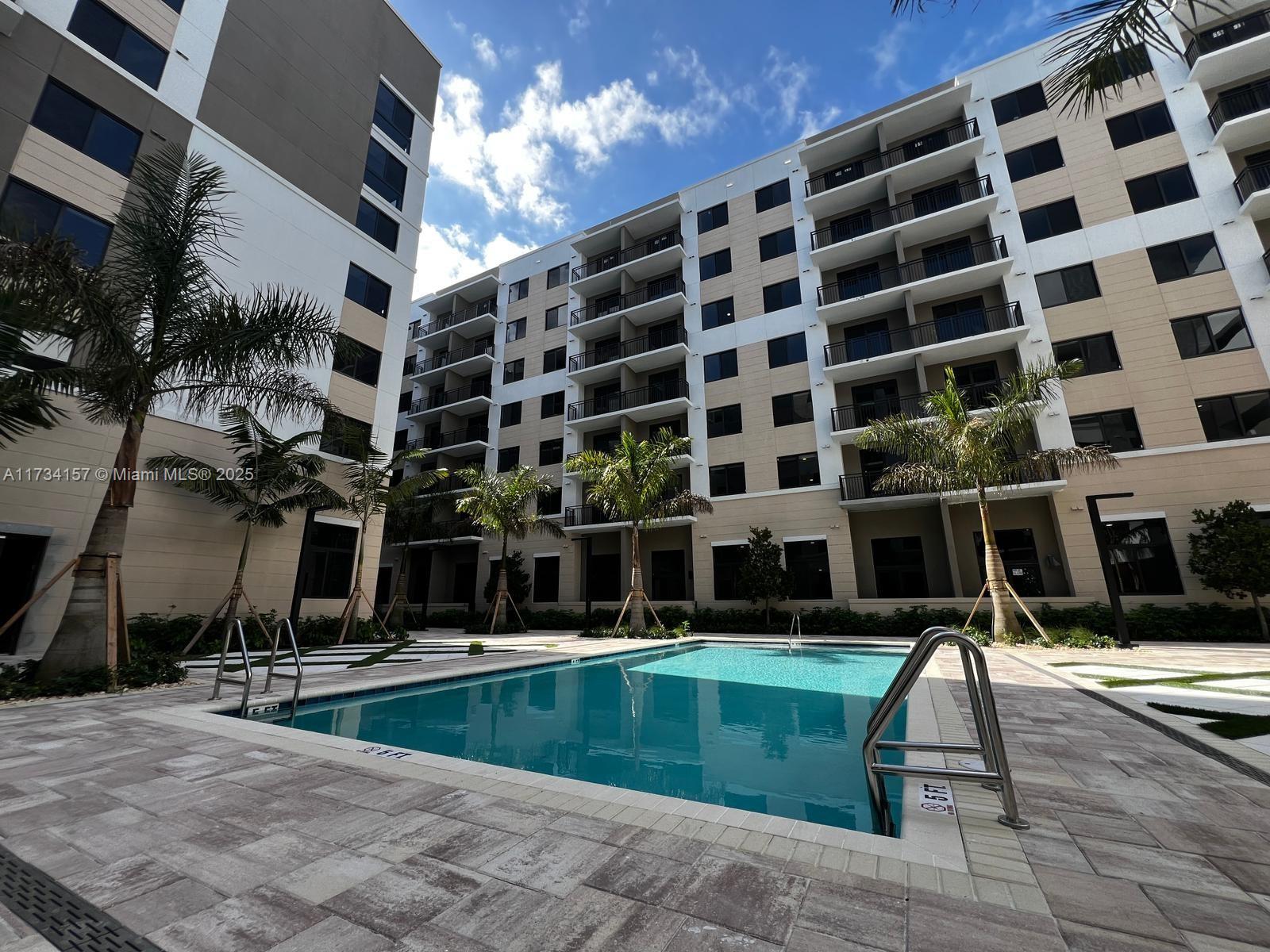Gen Z and Millennial Homeownership Stagnates Amid Rising Housing Costs in 2024
Introduction: The Homeownership Hurdle for Young Americans
In 2024, the dream of homeownership remained elusive for many young Americans. Despite being in their prime homebuying years, both Generation Z (Gen Z) and Millennials faced stagnant homeownership rates, primarily due to soaring housing costs and economic uncertainties. This article delves into the factors contributing to this stagnation and compares current trends to those of previous generations.
Current Homeownership Rates Among Gen Z and Millennials
Recent data reveals a concerning plateau in homeownership among younger generations:
- Gen Z: In 2024, just over a quarter (26.1%) of adult Gen Zers owned their homes, a figure virtually unchanged from 2023 (26.3%) and 2022 (26.2%). Prior to this period, Gen Z had seen incremental increases in homeownership since 2017.
- Millennials: Similarly, 54.9% of Millennials were homeowners in 2024, showing negligible growth from 54.8% in 2023. This stagnation is notable, considering the consistent annual increases in Millennial homeownership since 2012.
Factors Contributing to Stagnant Homeownership Rates
Several key factors have contributed to the flatlining of homeownership rates among these cohorts:
- Escalating Housing Costs: The median home sale price in 2024 was $418,950, with average monthly mortgage payments around $2,207. These figures represent a substantial increase from previous years, making homeownership less attainable for young buyers.
- Rising Mortgage Rates: Mortgage rates have climbed significantly, averaging 6.9% in 2024. This uptick has further inflated monthly payments, adding financial strain on prospective young homeowners.
- Limited Housing Inventory: A tight housing market, exacerbated by older generations retaining their properties, has reduced the availability of homes. This scarcity particularly affects desirable neighborhoods, intensifying competition and driving up prices.
- Economic Uncertainty: Concerns over economic stability, including potential downturns and job security issues, have made younger individuals hesitant to commit to homeownership. Factors such as student loan debt and the high cost of living further complicate their financial readiness.
- Preference for Flexibility: The COVID-19 pandemic has reshaped work dynamics, with remote work becoming more prevalent. This shift has led some young adults to prioritize flexibility, opting for renting or alternative living arrangements over the long-term commitment of purchasing a home.
Generational Comparison: Then and Now
When comparing current homeownership rates to those of previous generations at similar ages, a decline becomes evident:
- Age 27: In 2024, 32.6% of 27-year-old Gen Zers owned homes, compared to 38.4% of Gen Xers and 40.5% of Baby Boomers when they were the same age.
- Age 35: Among 35-year-olds in 2024, 56% were homeowners, whereas 59.4% of Gen Xers and 61.5% of Baby Boomers owned homes at that age.
This downward trend underscores the growing challenges young adults face in achieving homeownership compared to their predecessors.
Regional Disparities in Homeownership
Homeownership rates among Gen Z and Millennials vary significantly across different regions:
- San Diego: High housing costs and limited supply have deterred young buyers. In 2024, Gen Z accounted for only 6% of mortgage applications in San Diego County, despite representing 13% nationally.
- Seattle: Similar trends are observed in Seattle, where steep prices and scarce inventory have led many young adults to continue renting or seek housing in more affordable areas.
These regional challenges highlight the broader issue of housing affordability impacting young buyers across the country.
Insights
Why are homeownership rates among Gen Z and Millennials stagnating?
Several factors contribute to this trend, including rising housing costs, increased mortgage rates, limited housing inventory, economic uncertainties, and a growing preference for flexibility among young adults.
How do current homeownership rates compare to previous generations?
Younger generations today have lower homeownership rates compared to previous generations at the same age. For instance, 32.6% of 27-year-old Gen Zers owned homes in 2024, whereas 40.5% of Baby Boomers did at that age.
Are there regional differences in homeownership rates for young adults?
Yes, regions with higher housing costs and limited inventory, such as San Diego and Seattle, see lower homeownership rates among young adults compared to more affordable areas.
What impact do rising mortgage rates have on young homebuyers?
Higher mortgage rates increase monthly payments, making homeownership less affordable for young buyers who may already be grappling with student debt and lower income levels.













